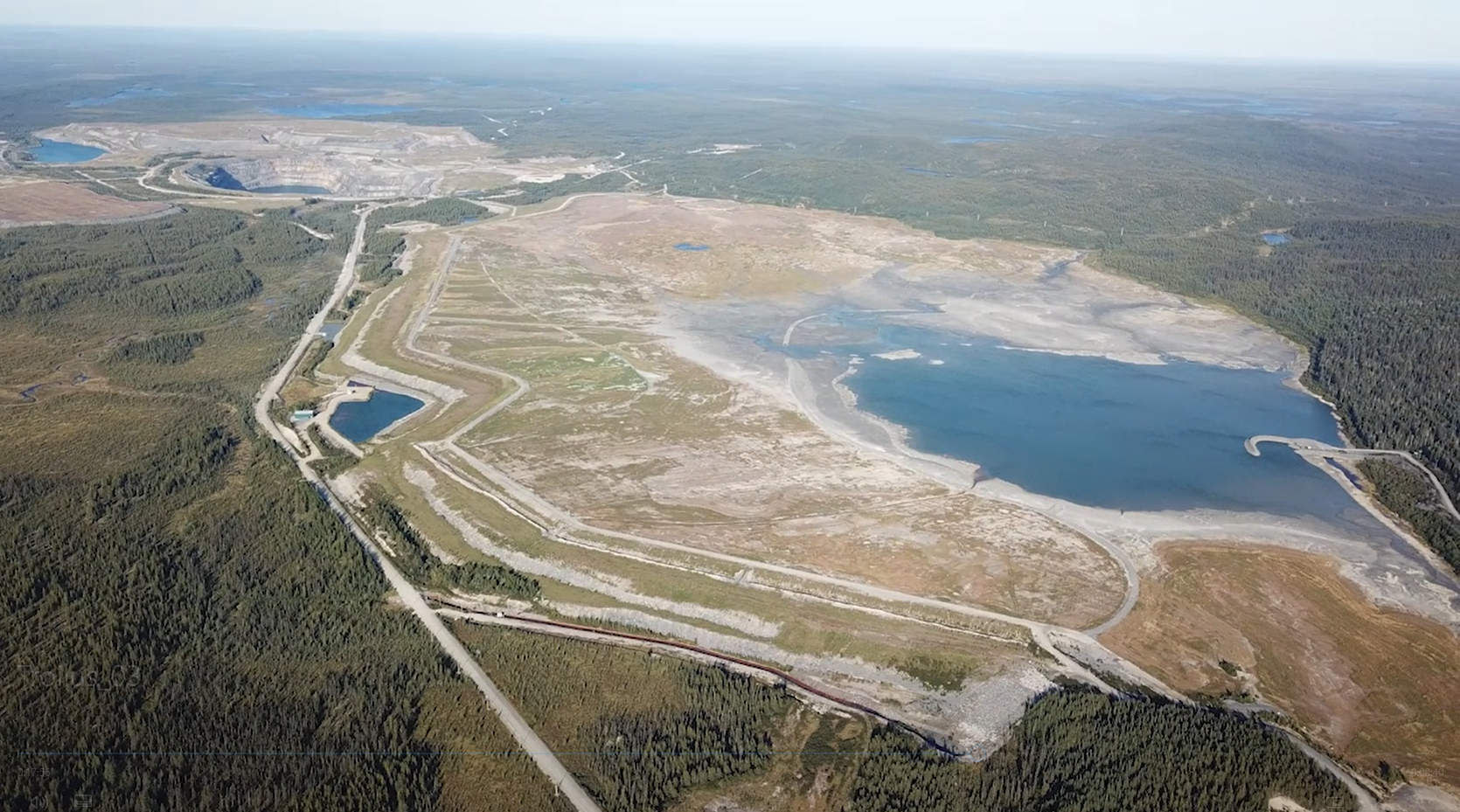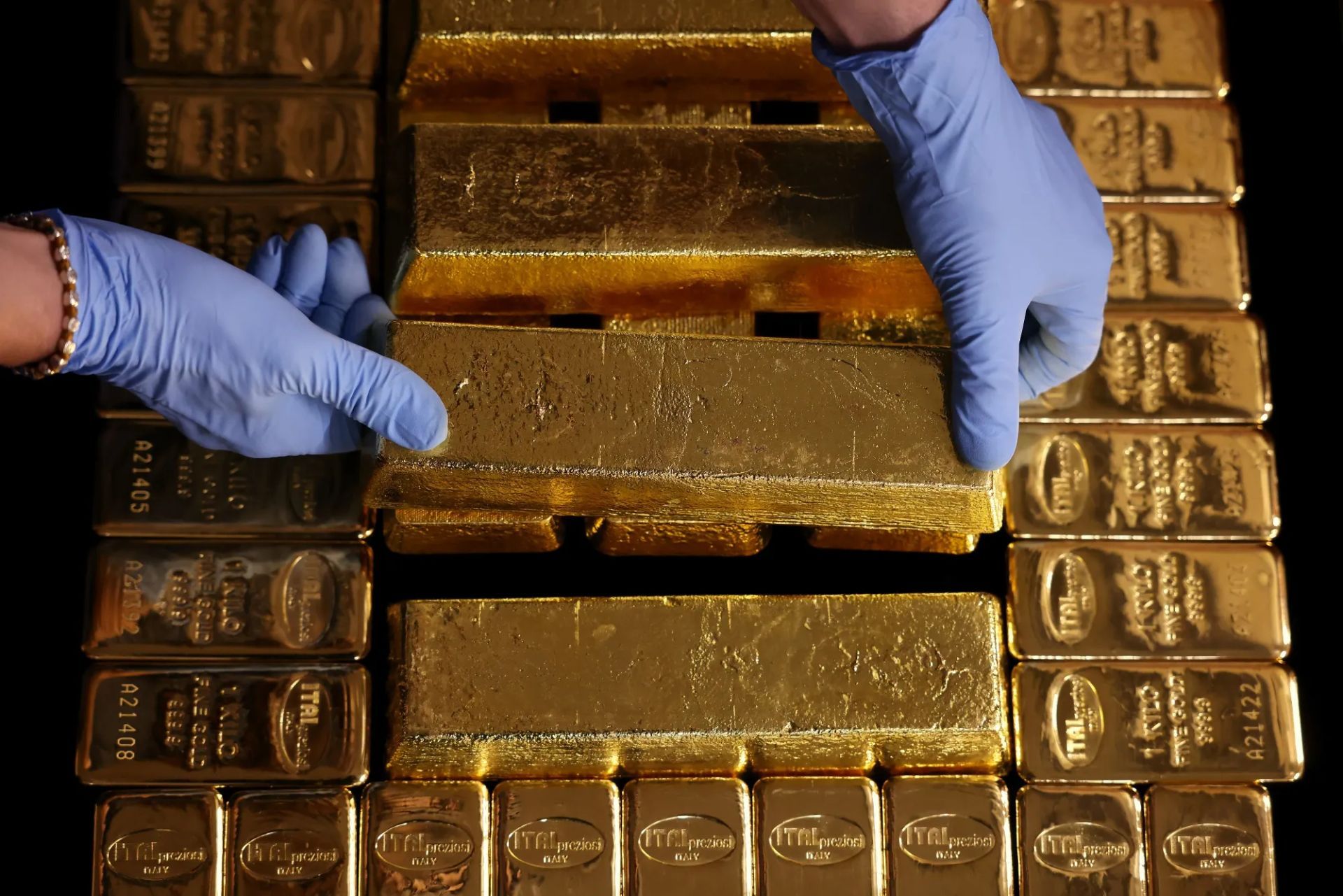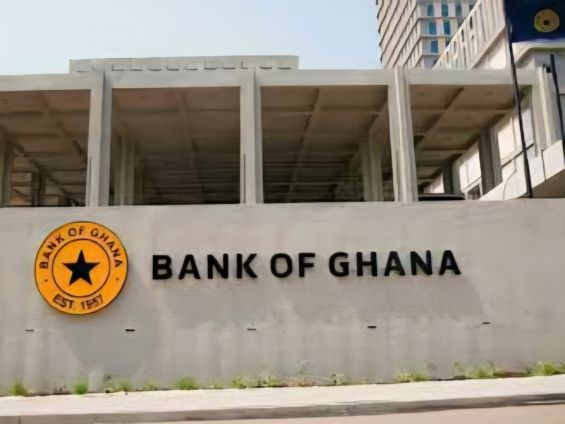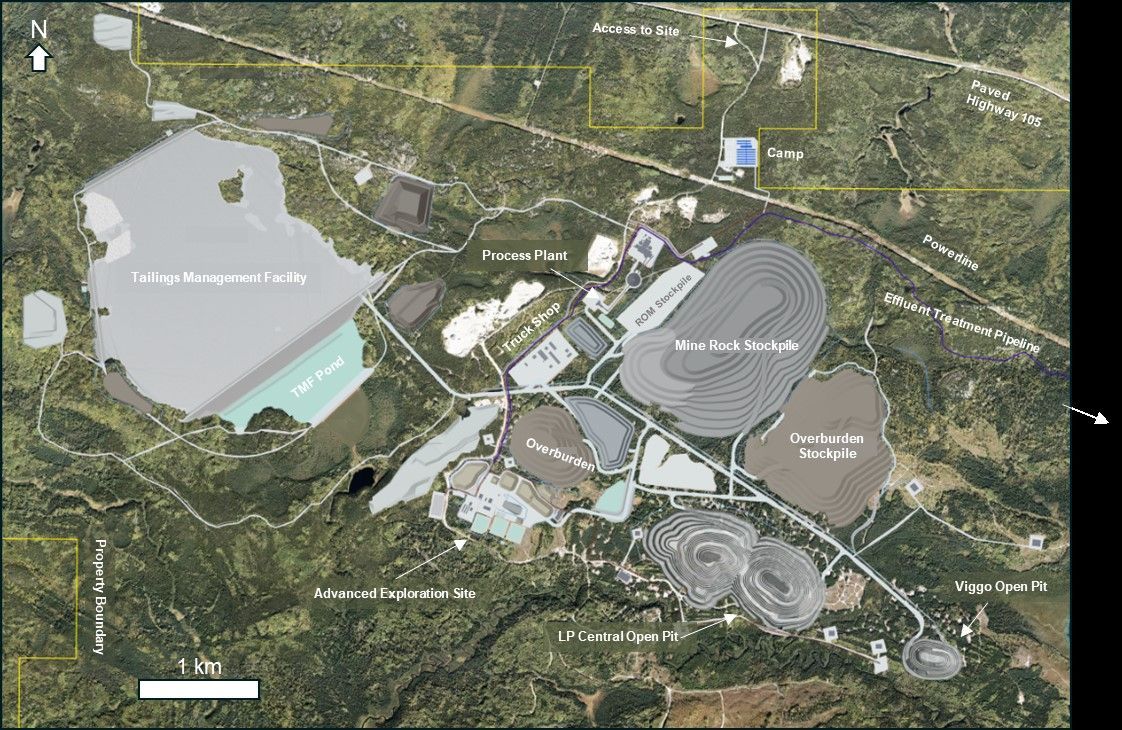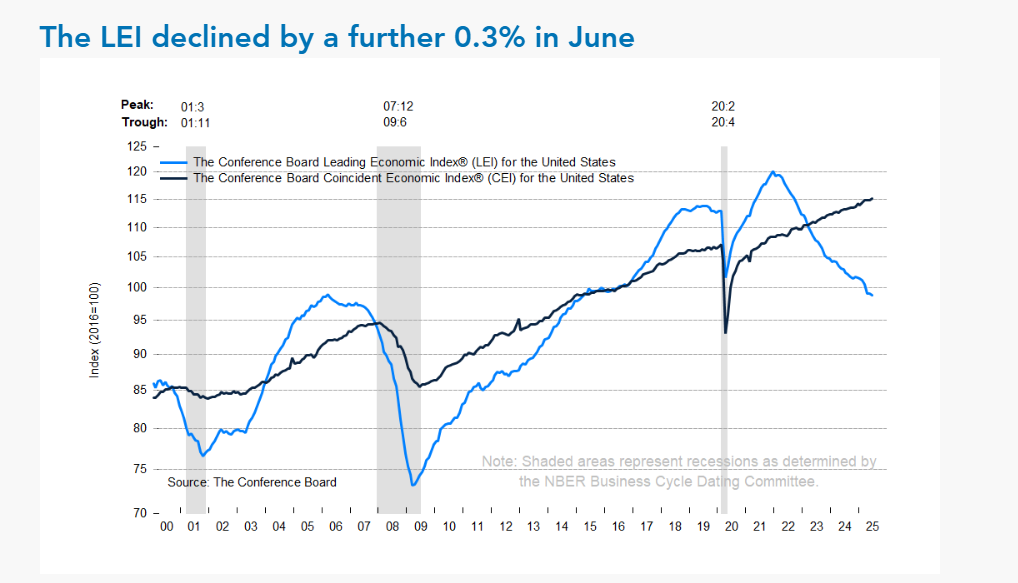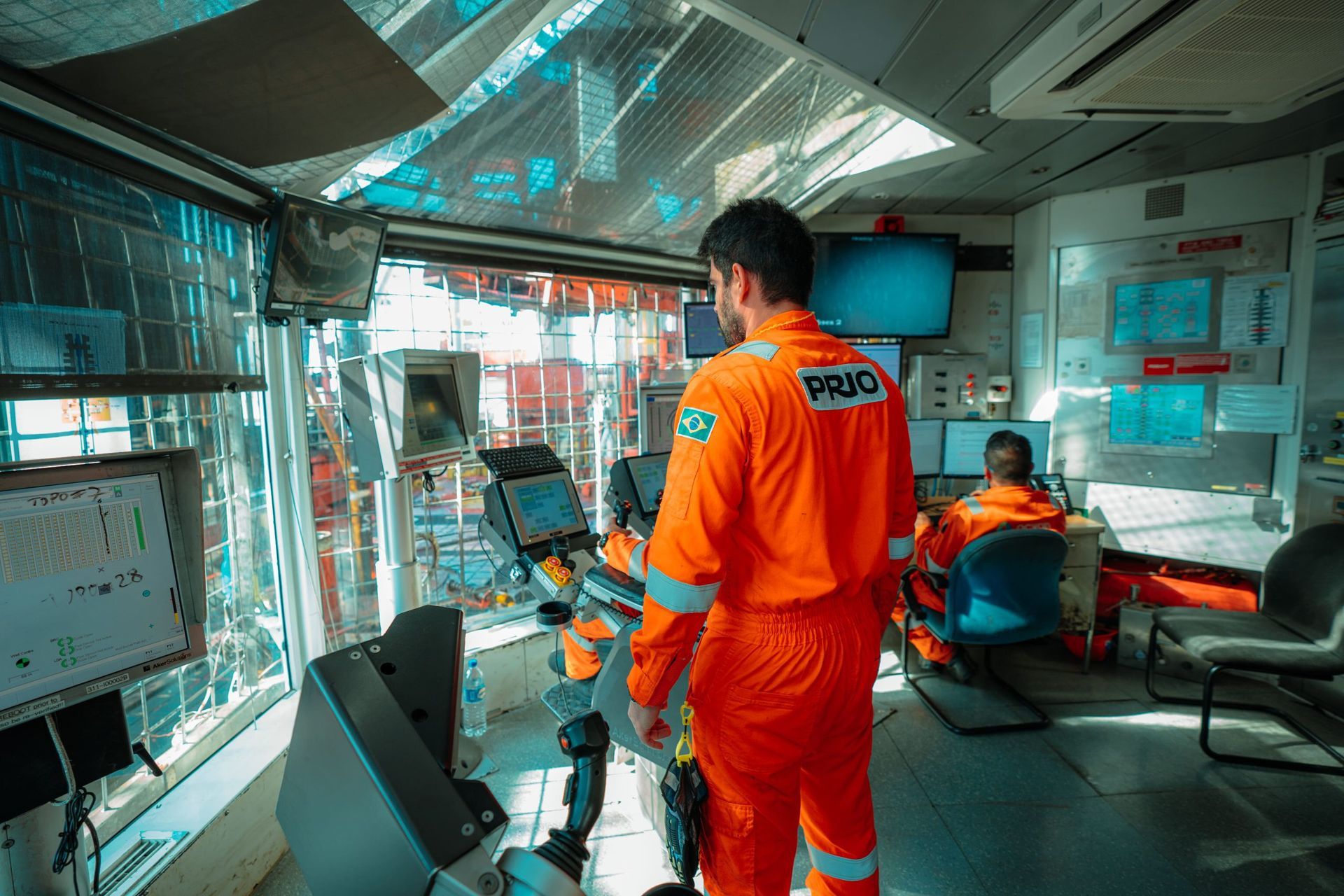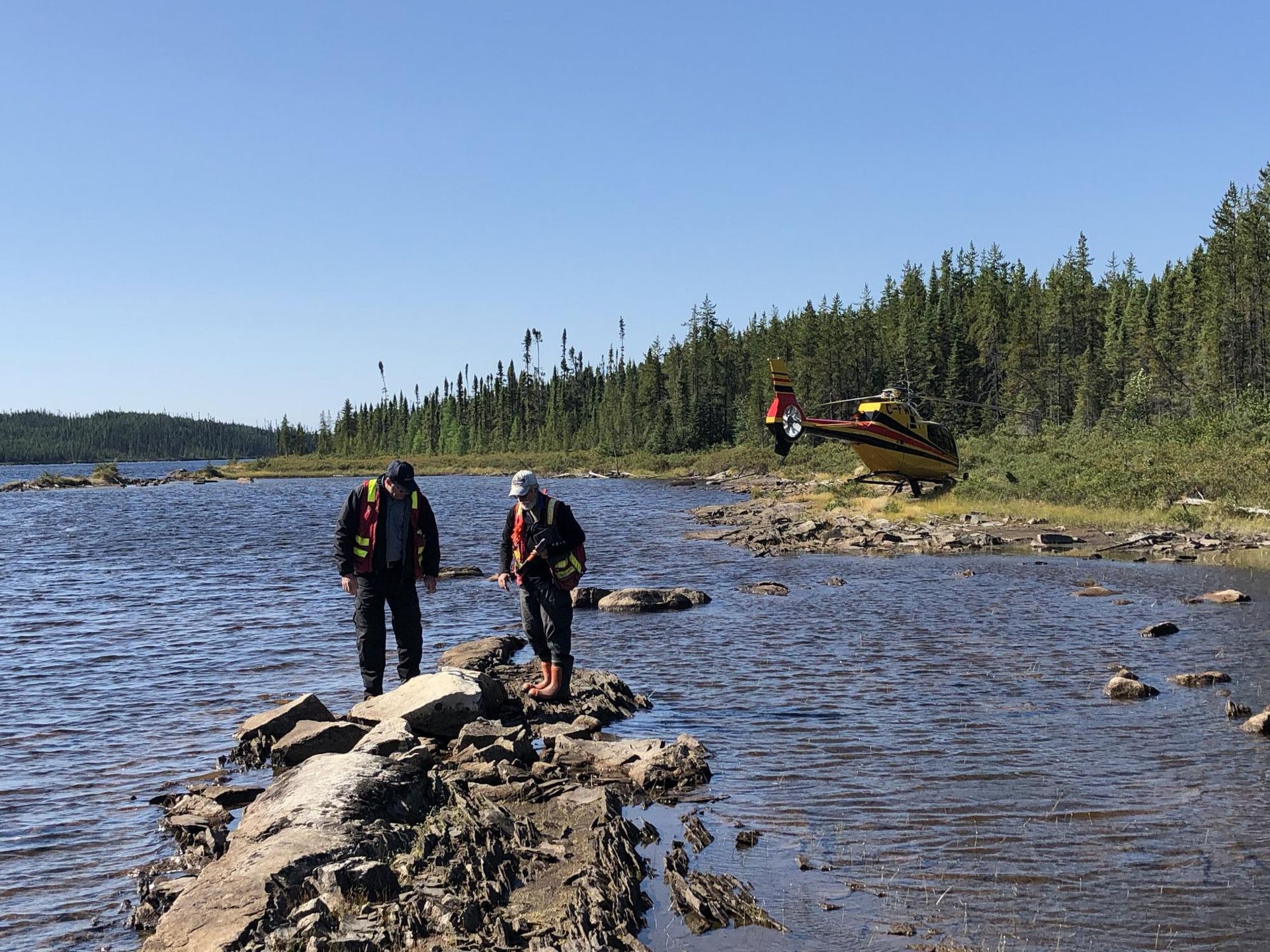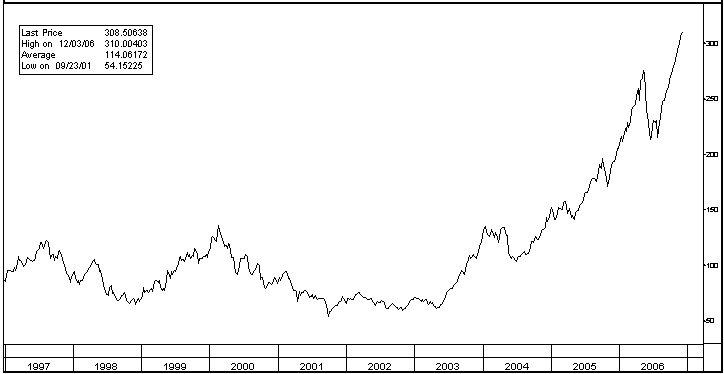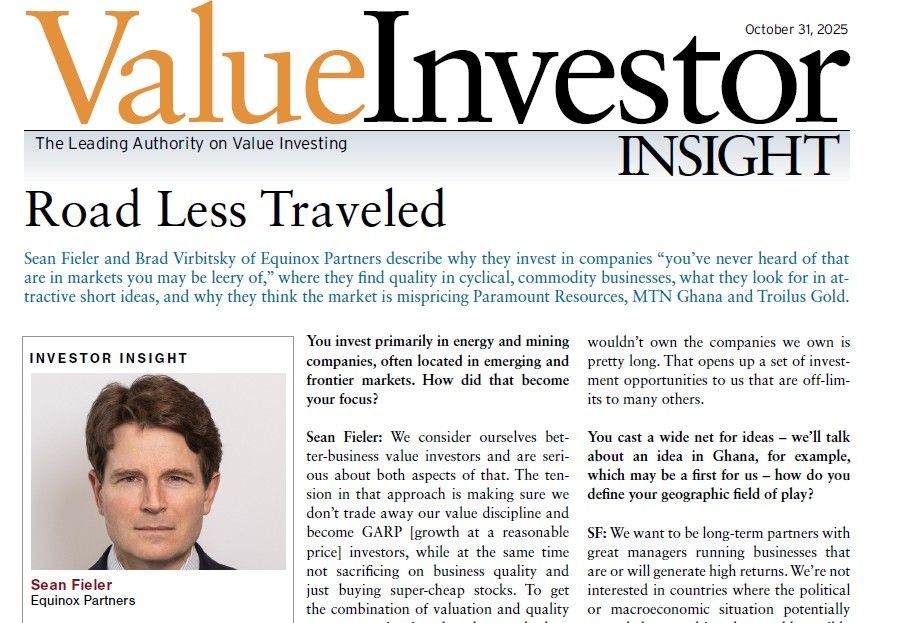Kuroto Fund, L.P. - Q3 2006 Letter
Dear Partners and Friends,
Returning Capital
“High prices lead to low returns.” (Jeremy Grantham quoting John Cochrane)
India and Indonesia, two countries to which Kuroto is meaningfully exposed, are each experiencing their fourth consecutive year of strongly rising stock prices (see graphs). These two bull markets have been impressive even by regional standards. Over the preceding four year period, the Indian and Indonesian benchmark indices are both up more than twice as much as the MSCI Asia Pacific Index. While this performance is gratifying to the extent that it validates our bottom up research process as a method of identifying attractive investment venues, the sustained strong performance of these two markets has created a reinvestment problem for Kuroto.
India, SENSEX Index, US Dollar
Indonesia, Jakarta Composite Index, US Dollar
Kuroto’s portfolio of stocks is not yet overvalued but is also no longer shockingly cheap. Calculated on our calendar 2007 year earnings estimates, Kuroto currently trades at a look-through PE of approximately ten and a weighted average PE of just over fourteen. Accordingly, we continue to believe that Kuroto’s returns, especially when factoring in the undervalued currencies in which our stocks are priced, will continue to be attractive. That said, the 30% per year compound returns of the past are almost certainly not sustainable going forward. Given the trouble we are having reinvesting the proceeds from the fully valued stocks we have felt compelled to sell, we have decided to implement our first return of partners’ capital at year-end.
China’s Banks
That the Chinese banks have a serious non performing loan (NPL) problem is beyond contention, but given the level of disclosure and the politicization of this issue, even ballparking the size of the problem has proven to be a very difficult job. The extent to which Chinese NPL estimates have become a political question was made clear in May of this year when Ernst & Young naively published their $911 billion USD estimate for system wide NPLs in China. While the Ernst &Young estimate does look to be on the low side, we are sure that's not what the Bank of China representative had in mind when he referred to the figure as “ridiculous and barely understandable.” When faced with the prospect of being designated a state enemy, Ernst &Young discarded what they obviously believed to be true and issued a groveling apology and retraction for their estimate in what we can only assume was a self-interested attempt to protect the future value of the Ernst & Young franchise in China.
The enormous size of the problem and the relatively thin capitalization of the banking system mean that the Chinese banks can’t come clean without becoming insolvent. As for the prospects of the state picking up the tab in one fell swoop, all politicians, even unelected ones, are generally unwilling to explain to their citizens that the better part of a trillion dollars has gone missing on account of corrupt and incompetent state management. So, while some losses have already been “socialized,” as they say in bank bailout lingo, the total amount of troubled loans thus addressed is so small relative to the size of the problem that it merely serves as a talking point for bureaucrats as opposed to an actual solution.
Given the aforementioned constraints, the Chinese have opted for a sensible course of action. They’ve partially privatized the banking system, which has allowed the banks to raise some much needed capital as well as bring in an impressive array of foreign bank strategic partners to help with the turnaround. As of the writing of this letter, Bank of America owns 3 billion USD of China Construction Bank, Royal Bank of Scotland owns 5 billion USD of Bank of China, and HSBC owns 8 billion USD of Bank of Communications. In addition to providing direction at the board level, these strategic investors are actively sharing their wealth of technical expertise in the hopes of adding value to their sizable investments.
The sheer enormity of the Chinese NPL problem would normally make even the most well thought out of bailout plans extremely painful. But, the Chinese plan has a key factor, too frequently ignored, working to its advantage: the artificially low local interest rate structure. The Chinese people, by and large, not only trust these banks but are willing to part with their Yuan at meaningfully negative real rates. The average cost of funds for Chinese commercial banks is slightly over 1.5%. The money is then on lent at a statutory rate of slightly over 5%. With Chinese inflation also running in the mid-single digits (the ridiculous and barely understandable official rate is 1.2%), creditors are not being asked to bear much cost in real terms, and with little real interest to bear, marginal debtors are servicing as opposed to defaulting. Given an opportunity to ignore the NPL problem, the Chinese stock market has not only embraced the Chinese bank reform and growth story but also is willing to pay an increasingly full price for it. These banks, which were trading at slight premiums to stated book a year ago, are currently, on average, valued at 2.7 times book and 25 times 2006 earnings.
Despite the current optimism surrounding the turnaround of these banks, the difficulty of the task ahead can scarcely be underestimated. Turning around a bank which never had a healthy credit culture is simply one of the world's toughest fixes. That this difficult task is being undertaken without a controlling shareholder change, the Citibank Guangdong Development Bank transaction excepted, should give even the most optimistic of observers cause for concern. One need look no further than the persistent reports of newly minted, politically motivated loans to observe the limited influence that Western banks presently have over these Chinese banks. If bad credit decisions were wholly a thing of the past, we might be long-term believers in the ability of the Chinese banks to outgrow their inglorious past. But, the ongoing origination of bad loans will make outgrowing the NPL problem impossible as opposed to merely improbable. Accordingly, we’ve established a modest short position in several of these counters. The modest size of our short position is a product of our respect for the savvy with which the Chinese state has addressed the NPL problem thus far as opposed to any hesitancy in our evaluation of the fundamentals.
Sincerely,
Sean Fieler
William W. Strong
